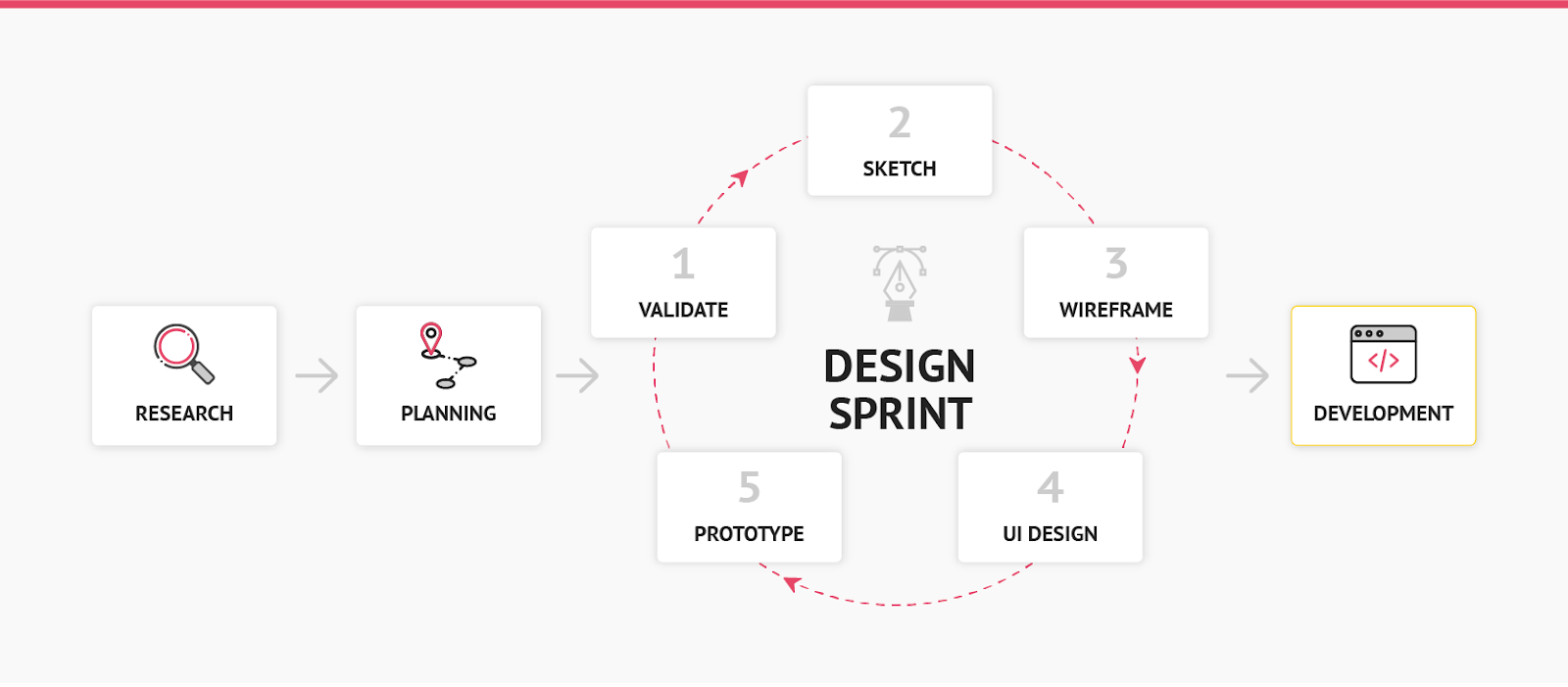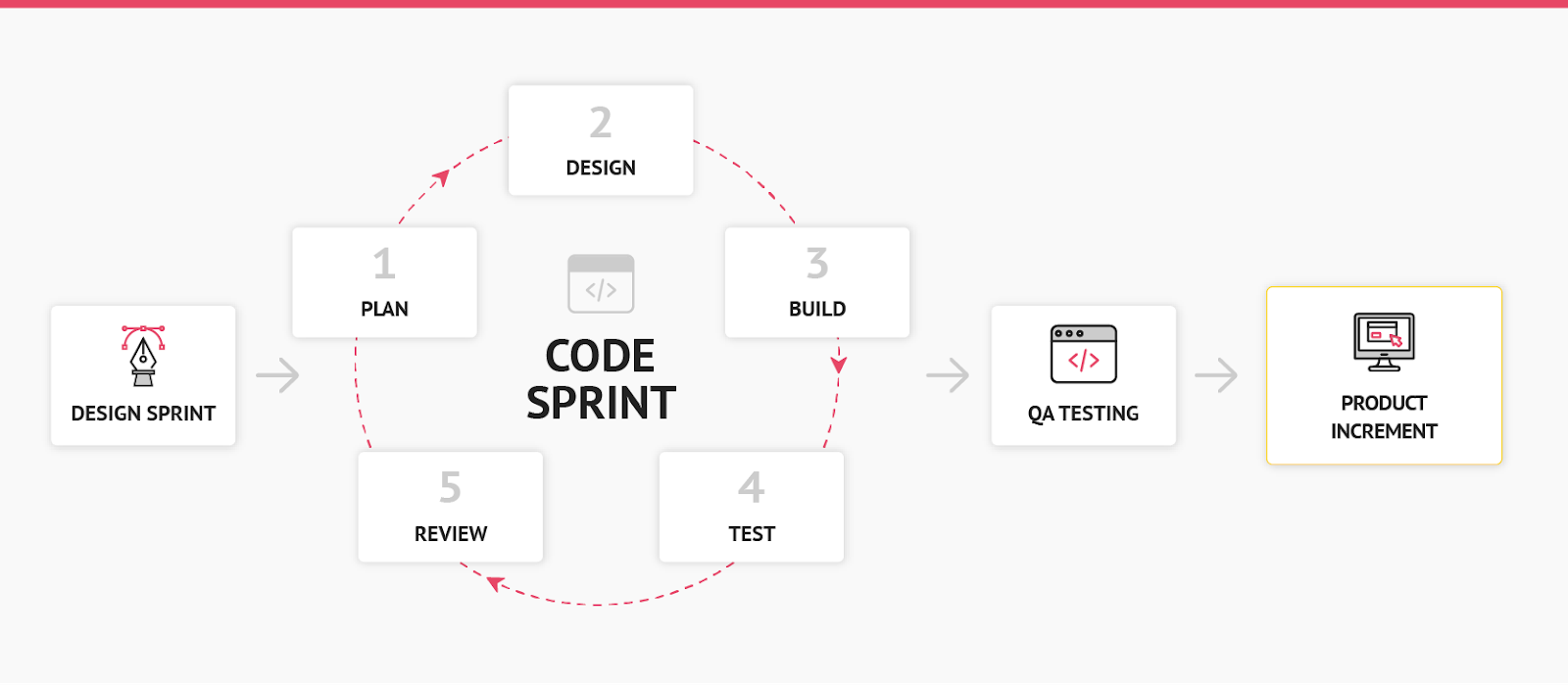Behind the scenes – our product development process
My name is Sam Rickett, and I’m part of the engineering team here at Metastreet. This year, we’re going to share content coming from across the wider Metastreet team, so you can see how some of the other functions come together to support our business.
The coronavirus pandemic has obviously caused a huge amount of disruption for our clients. However, we’ve been doing our best to turn the challenges into opportunities. One positive is that we’ve had more time to invest in our product. When building a product in the whirlwind of a start-up environment, we are constantly having to juggle priorities in the roadmap, as there’s always too much to build and not enough time or resources. So as nation is in lockdown, we've taken the opportunity to double down our efforts.
What we do and why we do it
Our vision for Metastreet is to be the data and communication layer at the centre of all local Council’s environmental health departments. One of our biggest challenges is finding the best way to bring simplicity to a sector that still relies heavily on manual processes and clunky software.
Our remit is therefore to design and build exceptional products to underpin the solution to that challenge. Our products are the most important elements of our business. But while most people focus on the “build” part, we recognise that it’s in the “design” part where the solution lies.
System and interface design is at the heart of everything that we do, and is a foundational cornerstone of our business.
Our design process

Our design process focuses on exploring a business or process problem and experimenting with possible solutions in order to find the one that works best for our customers.
The users are at the heart of this process. By building deep relationships with the different users we gain a real understanding of the common problems that they face either as a Council Officer, an individual or portfolio landlord, an agent or a member of the public. Once we understand the issues, we can try to fix them.
Every one of our products, from our licence application process to our mobile inspection app, came about as a result of collaboration with a group of early customers who cared about the problem we were trying to solve. They liked the fact that we were set on finding and building a great solution.
The next step is to make sure that we understand the problem from all angles. At Metastreet, we’re lucky to have a multidisciplinary team, covering product, tech and design as well as highly experienced Environmental Health practitioners. In order to harness these skills, we hold company-wide workshops that focus on the problem we’re seeking to solve. This aligns the team behind one goal and allows us to find a solution quicker.
From this point, we experiment with possible solutions using a Lean approach, involving rapid wireframing, prototyping and getting customer feedback early and often. We explore a number of design solutions for each feature before deciding the right approach. Our goal is to solve the customer problem without wasting resources on bad ideas or unnecessary code.
The final design step is to validate that our proposed solution works for our customers. We do this by showing the final prototypes to our customers and getting critical feedback. If the solution is valuable to our customers, we can begin to build.
Our development process

Once the designs are ready, the development team breaks the work for the build into manageable increments, allowing us to quickly deliver value to our customers. Speed is a crucial element and our lean, iterative approach to design and development means that we can rapidly deliver the solutions that we’ve promised.
Everything we build must be robust. All of our code is peer-reviewed and manually tested before any customer sees it, ensuring that the product that customers get is one they can rely on.
Once each increment reaches our customers, we make sure to get feedback so that we know we’re moving in the right direction. Even at this late stage, we’re happy to adjust our approach to ensure that we’re solving the problem in the simplest way possible. If we can make it better suited for the customer, we will adapt our design and development process along the way.
The weeks ahead
As we all work from home, we are busy adding finishing touches to the TENs functionality and prototyping more near-term product roadmap features including licence renewals and section 257 applications
I hope you enjoyed our slightly different approach to the blog, and we’d love to hear from you if you have any thoughts or feedback on either our process or, indeed, the products we’re building. So please drop us a line!
Interested? Read our latest articles.
Predicting the location of housing crimes - the power of machine learning and property licensing
What if we could predict the time and location of environmental health crimes? This would be a regulator’s dream not unlike the 2002 fantasy Spielberg film Minority Report, in which a specialised police department apprehends criminals based on foreknowledge provided by psychics. Is that fantasy starting to become a reality?
Read this article >Tenure Intelligence (Ti) - Combining artificial intelligence and housing data
Multinational technology companies are not the only ones using big data and computing power to make predictions about the unknown. Councils have seen the benefits of machine learning and are now starting to adopt this approach to make public services more effective and productive.
Read this article >The building blocks of effective private housing multi-agency enforcement
A minority of landlords across the UK continue to commit housing crimes and expose tenants to life threatening hazards and poor housing conditions.
Read this article >What are the success factors for property licensing schemes?
Lots has been said and written about property licensing as a policy intervention, however there has been little discussion on why some schemes are perceived as a success and why others have struggled.
Read this article >Where have all the Housing EHOs gone?
There’s simply nowhere near enough qualified housing enforcers employed by councils to deal with growing levels of poor housing conditions in the private rented sector (PRS).
Read this article >
